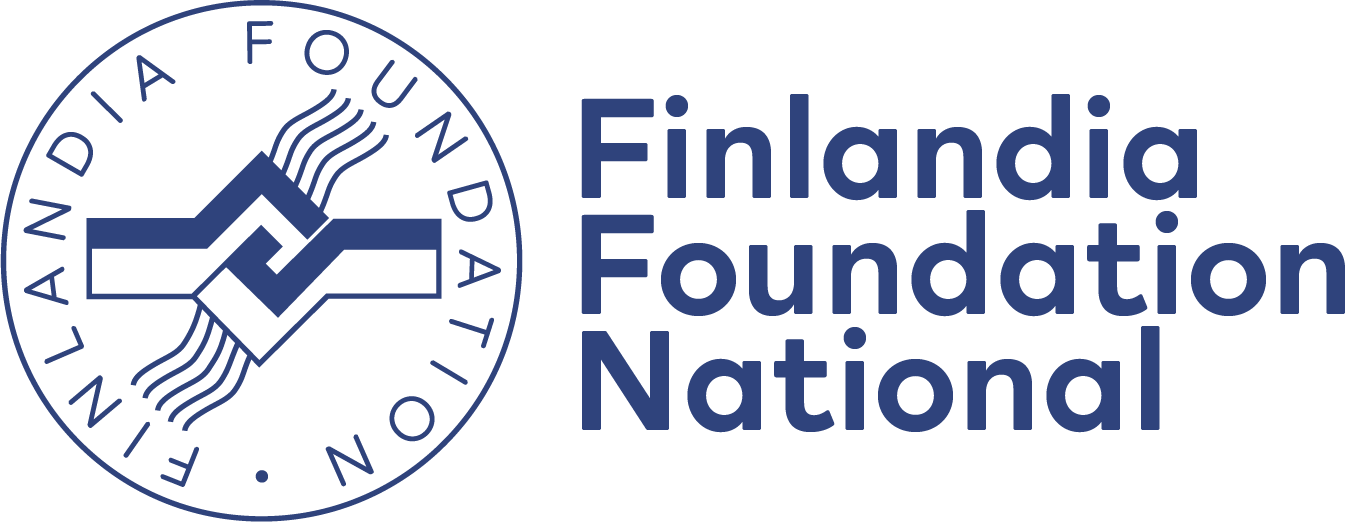By Timo Klemettinen, Director
Association of Finnish Music Schools
Finland’s acclaimed music education has succeeded in combining the best features of the old Russian and Hungarian schools with the principles of the Nordic welfare state and democracy. Establishing a good relationship between music and all other academic disciplines has become the basis of the new teaching methods. The audible result—quality—nevertheless continues to occupy a significant role. The pillars supporting the Finnish music school system have been—and still are—the state and municipal funding, the high standard of teacher training, institutional networking, the nationwide spread of good practices, and the Finns’ high respect for music and the arts in general.
Finland is also a real land of music play schools. Children learn basic musical skills by means of “aha experiences” and other meaningful experiences. Simultaneously, the lessons support the children’s cognitive, emotional, motor, and social development. As far as is known, there is no other music education system for preschool children elsewhere in the world that is as systematic.Finnish music and arts institutes have long evidenced a strong belief in nurturing creative talent both through intensive study and open exploration.
Numerous Finnish superstars like conductors Esa-Pekka Salonen, Jukka-Pekka Saraste, Osmo Vänskä, and opera star Karita Mattila are considered unique treasures. These and many other artists are the fruits of Finnish culture and education. It is our intent to bring these methods of pedagogy to the United States for the first time in a comprehensive manner at Soiva Camp at Salolampi. The initial program in 2008 focused on piano and flute instruction as well as improvisation and composition.
